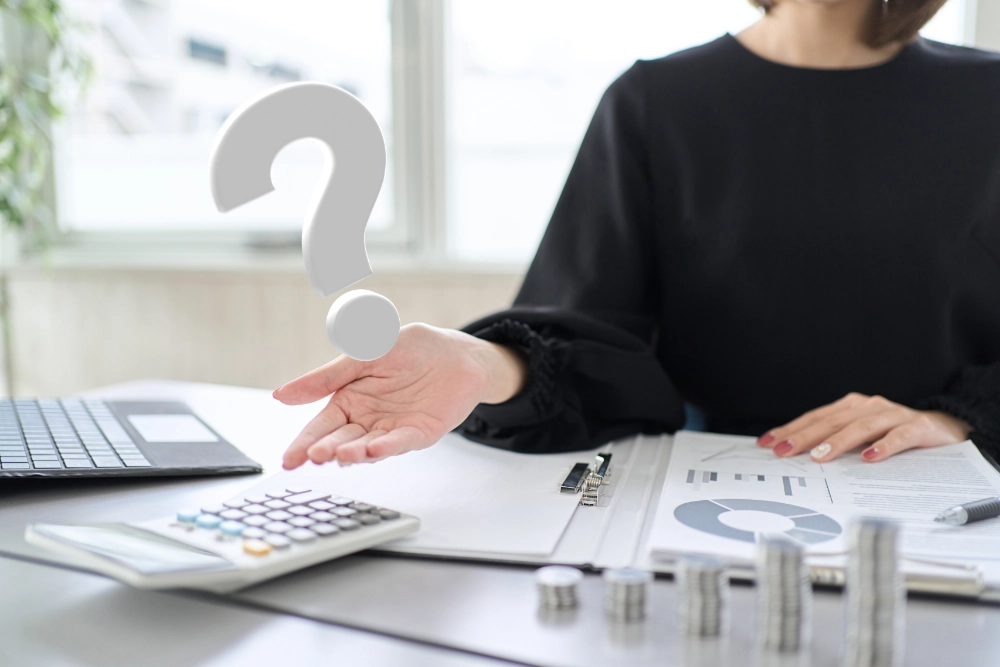The personal tax allowance is the income you can earn in any tax year not subject to tax and is reflected in your Tax Code. Your tax allowance depends on your circumstances and changes from person to person depending on several factors, which we will run through in this RJF Accounting guide. By the end of this blog, you should better understand what the personal tax allowance is and how yours is calculated.
Blog Contents:
show
The Personal Allowance
Each tax year, a portion of your earnings is untaxed. The value of this ‘individual exemption’ is established annually for each tax season. For the financial year of 2022-23, the primary personal allowance stands at £12,570, which remains unchanged from 2021/22.
Individuals with an income exceeding £100,000 will experience a reduction in their allowance. In cases where their earnings are considerably high, they may not receive any personal allowance.
Providing that HMRC rules are met, married couples and civil partners can transfer 10% of their personal allowance between one another. This process is typically carried out online. However, the allowance transfer is not permitted if either partner is subject to a higher tax rate of 40%.
How Do You Know What Your Allowance Is?
This is easy enough to find if you have a recent payslip to hand, as it is the digits within your tax code. So, for instance, if your tax code is 1250L, your personal tax allowance for the year will be £12,500. This information can also be found in your tax account with HMRC and on any letters regarding tax code changes.
Are There Different Types Of Personal Tax Allowance?
In short, yes, there are different types of personal tax allowances. It can differ from person to person, such as if you owe HMRC money or have an additional allowance applied. Some of the additional allowances that can be applied include:
Blind Person’s Allowance: A person who is registered blind with a local authority in England and Wales is entitled to an additional amount of tax-free income. In Scotland or Northern Ireland, you will qualify for the allowance if your eyesight is such that you cannot perform any work where your vision is essential.
Married Couple’s Allowance: To qualify for the married couple’s allowance, at least one member of the couple must have been born before 6 April 1935. This allowance applies to civil partners as well as married couples.
The Marriage Allowance: From 6 April 2015, some couples can transfer 10% of their allowance. This is called the ‘Marriage Allowance’. It is completely different from the Married Couple’s Allowance.
Personal Allowance & National Insurance
The personal allowance does not apply to National Insurance and has a separate allowance and tax rate. This changes year on year, but currently, for the 2022/23 tax year, this is £242 a week or £1,048 a month, and unlike your tax allowance, this is non-cumulative – so it does not roll over to be used across the year.
How Can RJF Accounting Help?
RJF Accounting has accounting teams based in Manchester and Macclesfield, ready to help you with all your accounting and tax advice needs. We offer in-depth and helpful services and can help you navigate troublesome waters that are tax, including everything you need to know about personal taxation and tax allowances when your self employed or a company director.
If you want to know more about how we can help you speak to the team today about our services. You can call the team on 0161 5040629 or email us at hello@rjf.uk.com to see if we can help you get your plans off the ground! We are open Monday to Friday, 9 am – 5 pm!

